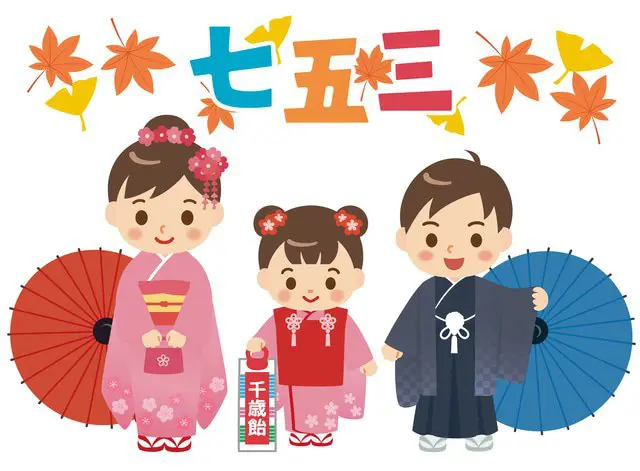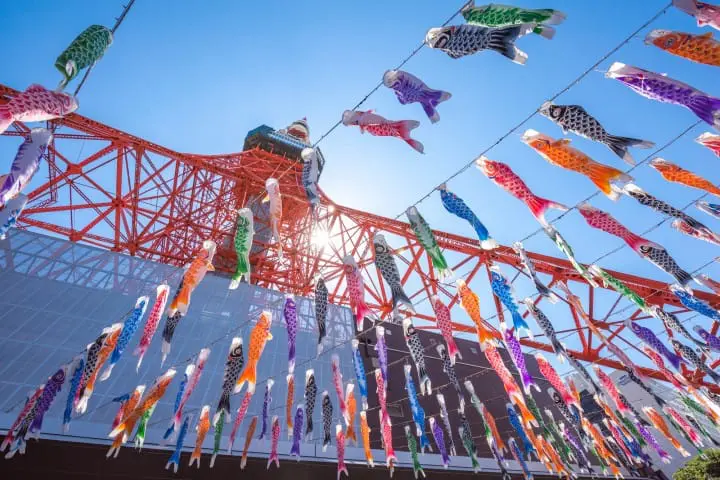Children's Day, Shichi-Go-San, Koinobori - Japanese Encyclopedia

Japan has many holidays which celebrate children. This article will explain the presence of cute kids in kimonos and fluttering carp streamers on those days.
What Is Children’s Day?
Children’s Day, established as a Japanese national holiday in 1948, is a day to to prize children’s individuality and promote their well-being, as well as a day to celebrate mothers. It is held on May 5th every year, and is seen as a day to pray for children’s wholesome development.
Boys And Girls Both Celebrate Children’s Day

The May 5th holiday was originally known as Boy’s Day, and was a day to wish for boys to grow up healthy. However, when Children’s Day came into being in 1948, it became a holiday for both boys and girls to celebrate. Even now, you can still see vestiges of the original holiday in the customary decorations for homes with boys: koinobori carp streamers, armor headpieces, male dolls and so on.
Also read:
What Is Shichi-Go-San

In ancient Japan, before the advent of medicine and sanitation, the child mortality rate was extremely high, and having a child grow to adulthood was very fortunate. For that reason, it was thought that until children turned seven, they belonged to the gods, and their parents were caretakers. It was said that gods were the ones who decided children’s fates.
Shichi-Go-San is an event to celebrate children’s growth and grant them self-awareness about their status as children. On November 15th, three year-old boys and girls, five year-old boys and seven year-old girls visit Shinto shrines. They wear traditional clothing such as kimonos, haori coats and hakama skirts, and take commemorative photos with their families. A child who visits a shrine for Shichi-Go-San receives a chitose-ame stick, a long thin piece of red and white candy. The implicit wish is for the child to grow up tall and energetic, like the candy.
Also read:
What Are Koinobori?

Koinobori are streamers fashioned to look like carp, and are placed in household gardens to wish for boys to be successful and healthy. This custom is said to have begun in samurai homes in 17th-century Japan. It is thought that the creation of koinobori is connected to the Chinese legend that “a carp which climbs a waterfall will ascend to heaven and become a dragon.”
As May 5th approaches in the present day, you will see koinobori here and there, fluttering in the wind beneath the blue sky. The streamers are also charms against evil spirits, and they contain parents’ wishes for their children to grow up healthy and strong. There are also events held around Children’s Day where you can see koinobori in places all across Japan.
One particular standout is Gunma Prefecture’s “World’s Best Koinobori Village Festival,” where you can see over 5,000 koinobori at five separate festival areas. The spectacle is a real highlight. What do you think? Japan has many special occasions for people to wish for healthy, strong children. You can experience that atmosphere at shrines and famous koinobori spots, so by all means, visit them for yourself.
日本への訪日外国人の方が、もっと増えますように!































![[2026] Top 5 Strawberry Picking Spots in Tokushima, Naruto| Farms and Access Guide for January to May](https://resources.matcha-jp.com/resize/720x2000/2025/03/06-227165.webp)

